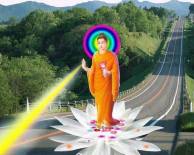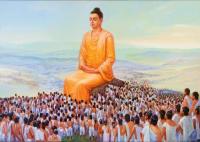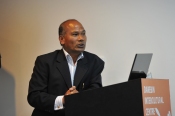“To be, or not to be: that is the question.”
–Hamlet
“Psychopaths are capable of taking the perspective of somebody else, but only to take better advantage of you. They’re able to play the empathy game, but without the feelings involved. It’s like an empty shell. The core of empathy — being in tune with the feelings of somebody else — seems to be completely lacking. They are like aliens among us.”
–Frans de Waal
The Believing Brain
The human brain often functions as a “believing organ.” Our beliefs develop for many different subjective and psychological reasons, and according to various contexts (family, relationships, culture, media, advertising). There is evidence that many beliefs are largely subconscious in nature. That does not stop us inventing conscious explanations for them. We rationalize, defend and fight for our beliefs — often as if our identity depended upon it. And often it does.
If some new reality challenges our mental map, our understanding of it will usually be limited by our old beliefs. Evidently human ideologies provided some evolutionary advantage in the past. But the enormous evolutionary crisis we are now facing requires rapid creative adaptation to unprecedented realities. The believing organ is being challenged as never before.
Democracy or Corporatocracy?
At the outset of the 21st century, the dominant institution is not government but business corporations, which have learned how to manipulate the democratic process. These legal entities have an insatiable appetite for profit and work to undermine any limitations on their power to pursue it. A prime example was the recent U.S. Supreme Court decision to permit unlimited corporate cash donations to political campaigns. Big Carbon companies responded to this new legalization of corruption by financing lavish advertising to capture a majority in the House of Representatives. Defying the unprecedented frequency of extreme weather events occurring worldwide — including a record 12 events imposing aggregate damages of $52 billion on the U.S. itself — their “representatives” blocked any attempts to address the climate crisis. They attacked environmental regulations across the board and cut the budget of the Environmental Protection Agency (which they also threatened to abolish). They organized witch-hunts of eminent climate scientists, reminiscent of the McCarthy hearings in the 1950s. Read the rest of this entry »















































